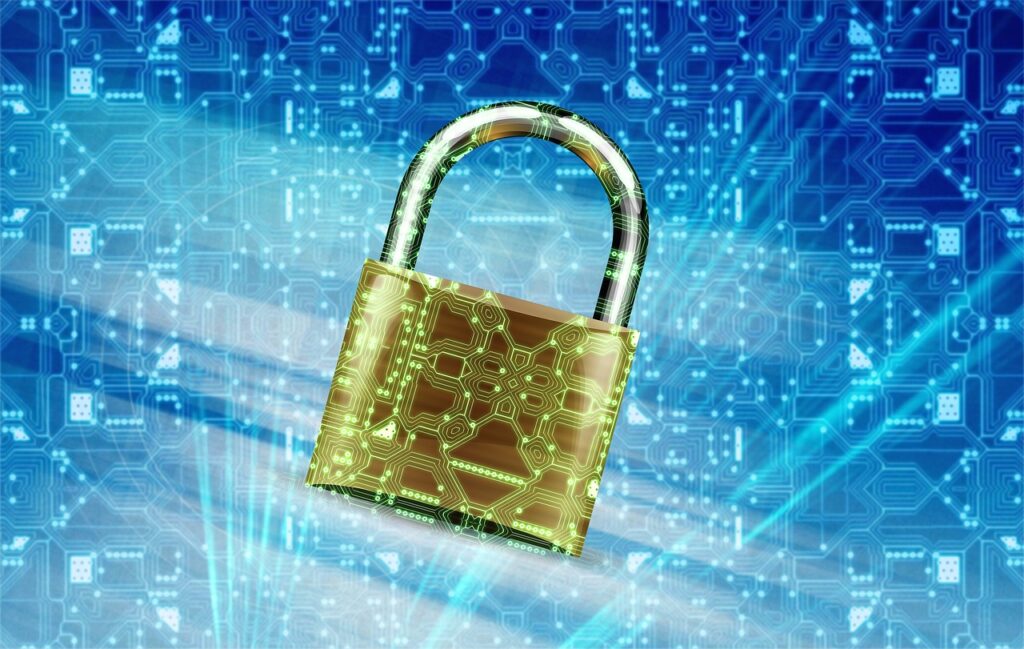The advancement of technology and the expansion of IT have given rise to a significant concern: cybersecurity. While technology has undoubtedly improved efficiency and convenience in various aspects of our lives, it has also introduced new vulnerabilities and risks. Consequently, the incidence of cybercrime has surged, reflecting the growing challenges in this realm.
The proliferation of emerging technologies and the abundance of resources available have provided cybercriminals with easier avenues to perpetrate their illicit activities. As connectivity extends across borders and individuals become increasingly reliant on mobile devices, the frequency of cyber-attacks is predicted to continue its upward trajectory.
There are differing viewpoints regarding these risks associated with novel technologies developed by humans. While some contend that such risks are inherent in any technological advancement, not everyone shares this perspective.
How to Prevent Cyber Attacks From Hitting Your Business – 10 Ways to Keep Your Business Cyber-Secure
Attacks are costly and can cause a lot of damage to a business. The cost of cyberattacks is estimated to reach $9 trillion by 2023.
Companies should take the following steps in order to prevent cyber attacks from happening:
Implementing an IT security policy and process: A well-defined IT security policy establishes guidelines and procedures for protecting the company’s information systems and data. It should address areas such as password management, access control, data classification, and incident reporting. Regularly reviewing and updating this policy is important to adapt to evolving threats.
Establishing a security team: Having a dedicated security team enables proactive monitoring, detection, and response to cybersecurity risks. This team can be responsible for managing security tools, conducting vulnerability assessments, implementing security controls, and staying updated on the latest threats and defense strategies.
Developing an incident response plan: An incident response plan outlines the actions to be taken in the event of a cyber attack or security breach. It should define roles and responsibilities, communication channels, containment measures, and recovery processes. Regularly testing and updating this plan is crucial to ensure its effectiveness.
Requiring acceptable use agreements: Employees should be required to sign agreements that outline the acceptable use of company information systems, including guidelines for handling sensitive data, proper use of technology resources, and adherence to security policies. This helps create awareness and accountability among employees.
Monitoring employee activities: Implementing monitoring tools and techniques allows companies to detect and investigate suspicious or unauthorized activities on their networks. Monitoring can help identify potential security breaches, policy violations, or insider threats. However, it’s important to balance monitoring with employee privacy considerations and legal requirements.
Reviewing logs from security devices: Regularly reviewing logs from firewalls, intrusion detection systems, anti-virus software, and other network devices helps identify any anomalies or potential security incidents. Analyzing these logs can provide valuable insights into ongoing attacks, system vulnerabilities, or unusual patterns of behavior.
Conducting periodic risk assessments: Regular risk assessments help identify vulnerabilities and potential weaknesses in the company’s systems, processes, and infrastructure. By understanding the risks, companies can prioritize security measures and allocate resources effectively.
Updating security controls: Keeping all software, operating systems, and security tools up to date is essential to address known vulnerabilities. Companies should establish a process for promptly applying security patches and updates provided by vendors.
Implementing data encryption: Encrypting sensitive data, both in transit and at rest, adds an extra layer of protection. Encryption ensures that even if data is compromised, it remains unreadable without the decryption keys.
Establishing a comprehensive backup plan: Regularly backing up critical data and systems is crucial in case of a ransomware attack, system failure, or other forms of data loss. Backups should be stored securely, preferably offline or in an isolated network segment, to prevent them from being compromised during an attack.
By following these steps, companies can significantly enhance their cybersecurity posture and reduce the risk of successful cyber attacks. However, it’s important to note that cybersecurity is an ongoing effort, requiring continuous monitoring, adaptation, and employee awareness training to stay ahead of evolving threats.
